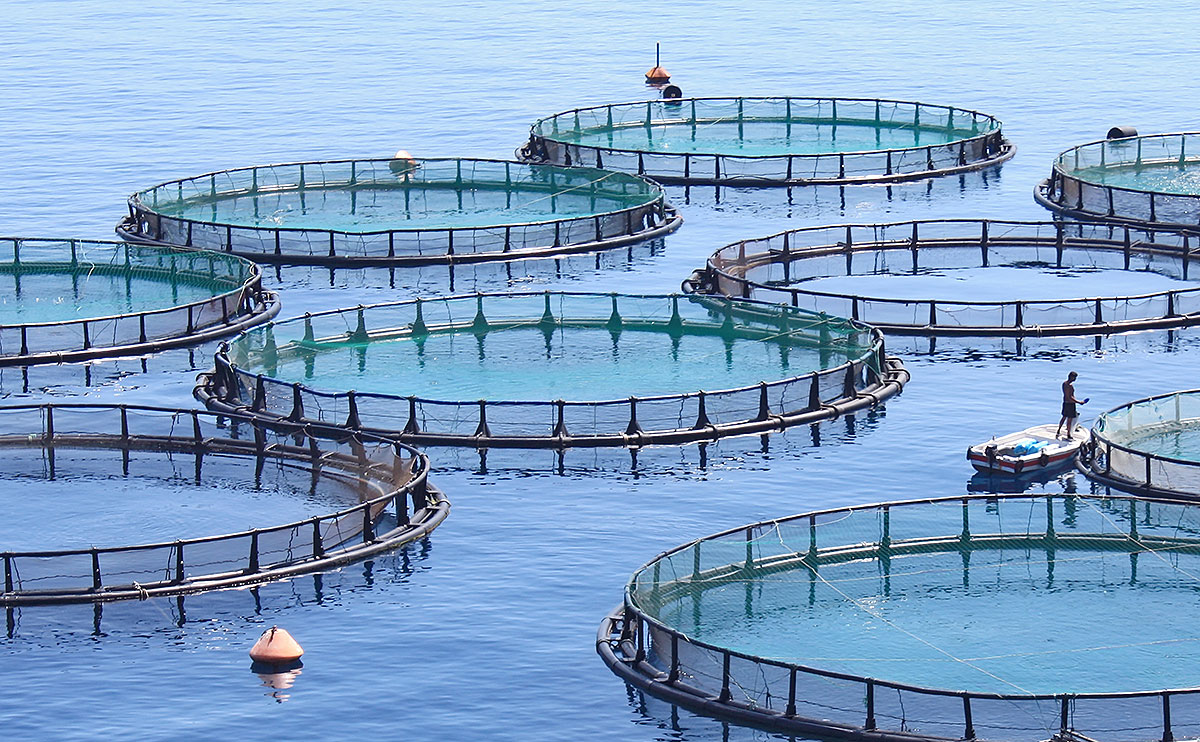
About five out of every six fisheries worldwide has reached or passed the limit of what it can sustainably produce, according to the World Wildlife Fund.
Drought, dams, agricultural runoff and other pressures have depleted wild salmon populations in the Eastern Pacific, while on the east coast of North America, wild Atlantic salmon exists mainly in the memories of the Greatest Generation. Bluefin tuna, the preferred delicacy of the world’s finest sushi chefs, is at 2.7 percent of its historical population – about the same as the Bengal tiger.
Meanwhile, seafood farmed in coastal regions has been infected with sea lice, pollutes neighboring ecosystems with waste, sometimes produces fewer nutrients than are fed into the system, often destroys carbon-sequestering mangroves and can require large amounts of antibiotics to stave off disease.
But according to a new study from the University of California, Santa Barbara’s Bren School of Environmental Science and Management, aquaculture could feed a global population expected to grow to nearly 10 billion by 2050. Lead author Rebecca Gentry, a newly minted PhD in marine ecology, and her colleagues wrote that the open ocean “is largely untapped as a farming resource,” representing “an immense opportunity for food production.” In the study published August 14 in the journal Nature Ecology & Evolution, they found that the entire world’s current output of wild-caught seafood could be farmed in areas that in total would comprise just 0.015 percent of the ocean’s surface area, if grouped together in a way that the authors note would not be realistic or recommended. That’s the equivalent to the size of Lake Michigan.
“People assume the oceans are big but no one had quantified it,” Gentry said. “There’s not that much broad-scale ecological research on marine aquaculture, so we needed a base of information to get an idea of where we can do it.”
To map the ocean’s potential to feed the planet, the researchers first divided the world’s oceans into 0.042-degree patches and analyzed each one’s relative productivity potential for farming 180 species of fish and bivalves, such as oysters and mollusks, based on the sea temperatures each species could withstand. Then they calculated the average growth among the species found to be suitable for each patch. Next the group eliminated areas unsuitable for aquaculture based on environmental or human-use constraints, such as places with low oxygen levels or high shipping traffic. Finally they estimated production potential for each area, assuming low-density stocks and a uniform farm design.
“We were quite conservative with regard to assumptions we made about the farms, such as stocking density,” Gentry said. Still, she added, “Marine finfish aquaculture is very space efficient, in that it can produce a lot of biomass with a very small ocean farm footprint.”
Moving aquaculture from the coasts into the open ocean doesn’t necessarily mean bringing the problems that have plagued the industry in its recent phase of growth. Though fish farming has been around since the ancient Romans, it’s really in the last 30 years that it has taken off, growing from under 10 percent of global fish consumption in the early 1970s to around one-quarter share in the mid-90s to more than half in 2014, according to the United Nations Food and Agriculture Organization (FAO). “Even though there’s lots of space offshore, we need to ensure marine aquaculture is done sustainably,” Gentry noted.
But aquaculture methods have improved tremendously in recent years, said Malcolm Beveridge, branch head of FAO’s aquaculture division. Sea lice, for example, can now be largely controlled by stocking “cleaner” fish alongside farmed fish to feed on the parasite.
Instead of growing aquacultured animals on fish meal, which can contribute to overfishing, companies are seeing some success substituting feed with microalgae and even plant-based foods such as flax, soy and maize (though that puts pressure on land resources). As for antibiotics, Beveridge said, “Industry knows this is a major issue so it’s moving toward growing pathogen-free larvae in highly sterile, carefully managed hatcheries.”
And mangrove depletion can be tracked with remote sensing technology, such as used by Global Forest Watch. “Most companies have policies to actively dissuade mangrove destruction for shrimp farming,” Beveridge said. In Norway, reportedly the world’s largest source of farmed salmon, licenses for fish farming are now only given to companies with strict plans in place to address waste, sea lice and escaped fish, which can unbalance marine ecosystems beyond the farm’s nets.
Source: Facebook: M Kabir Ahmed



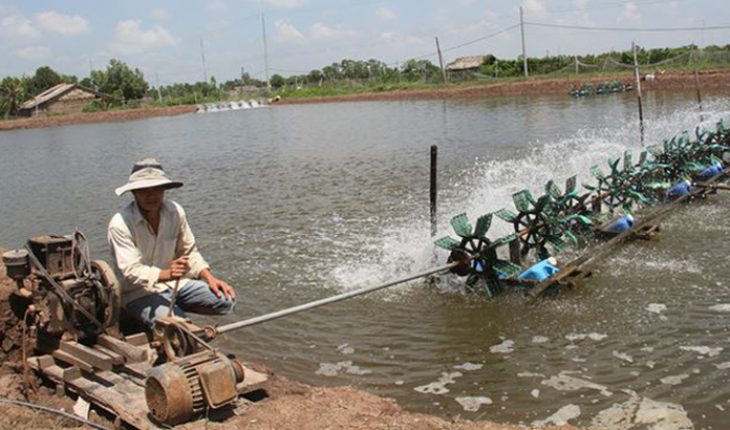
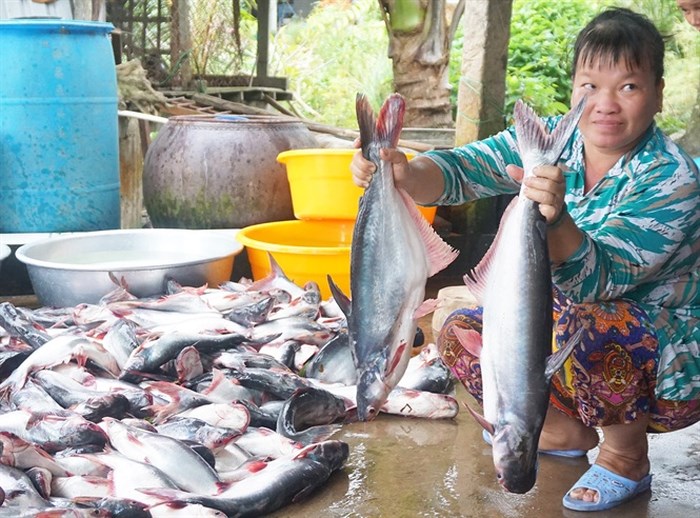
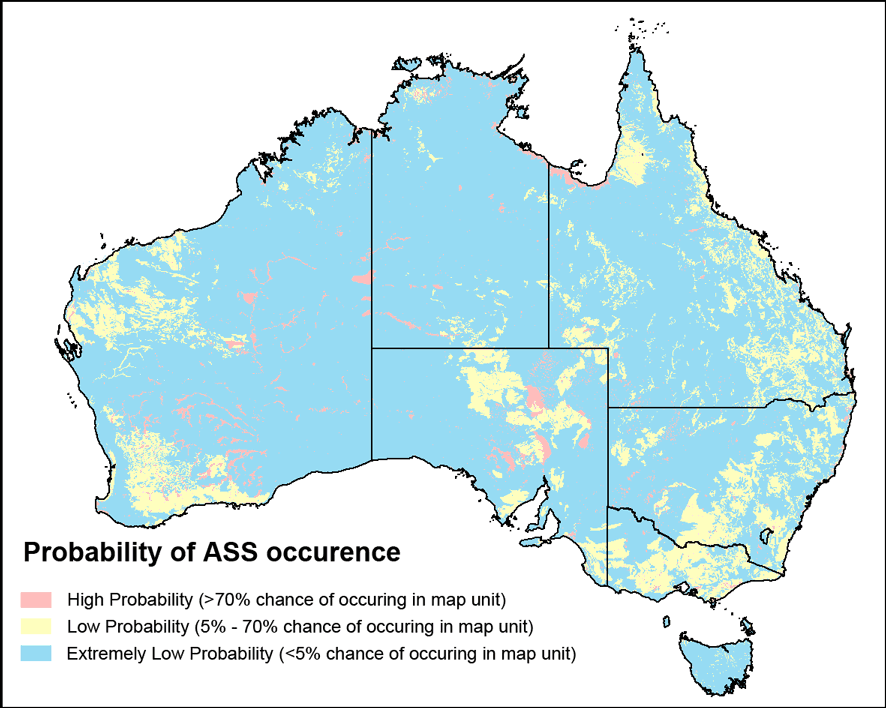
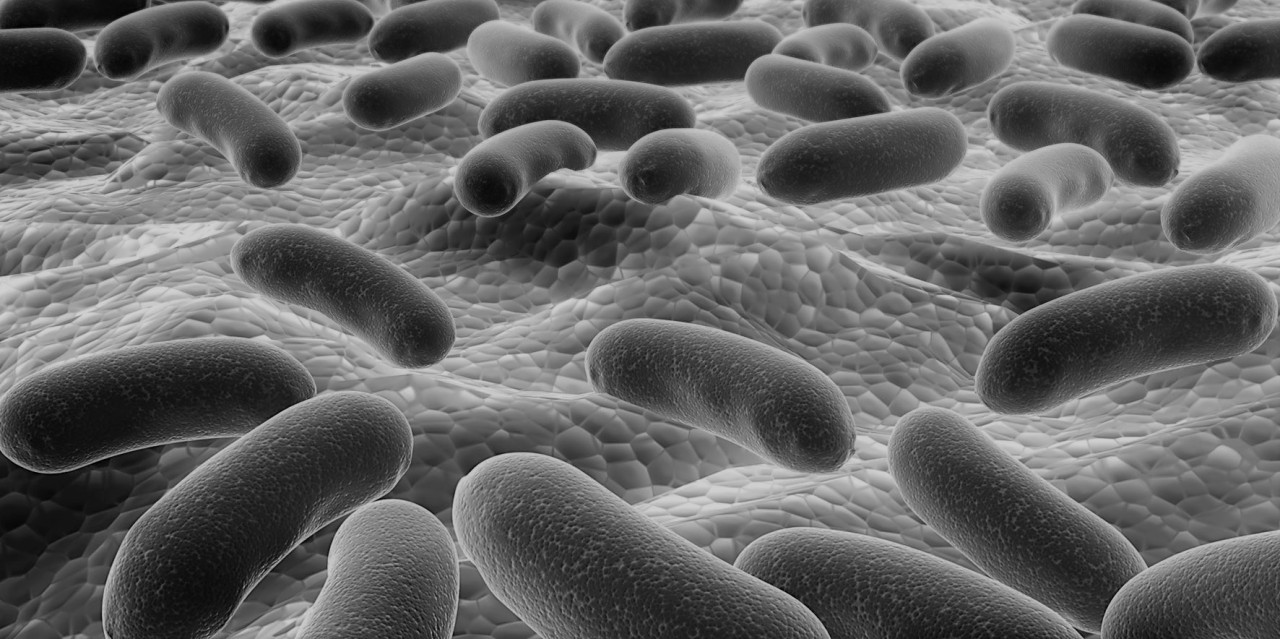
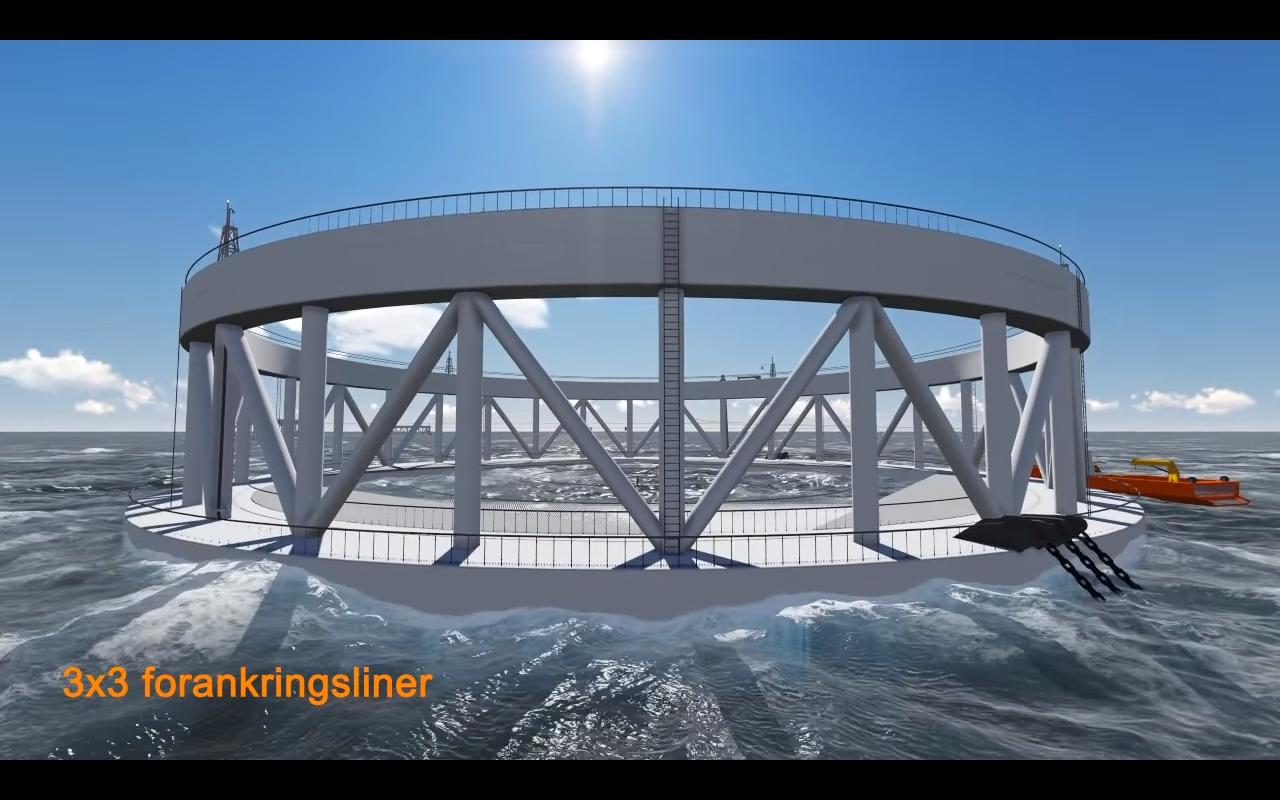

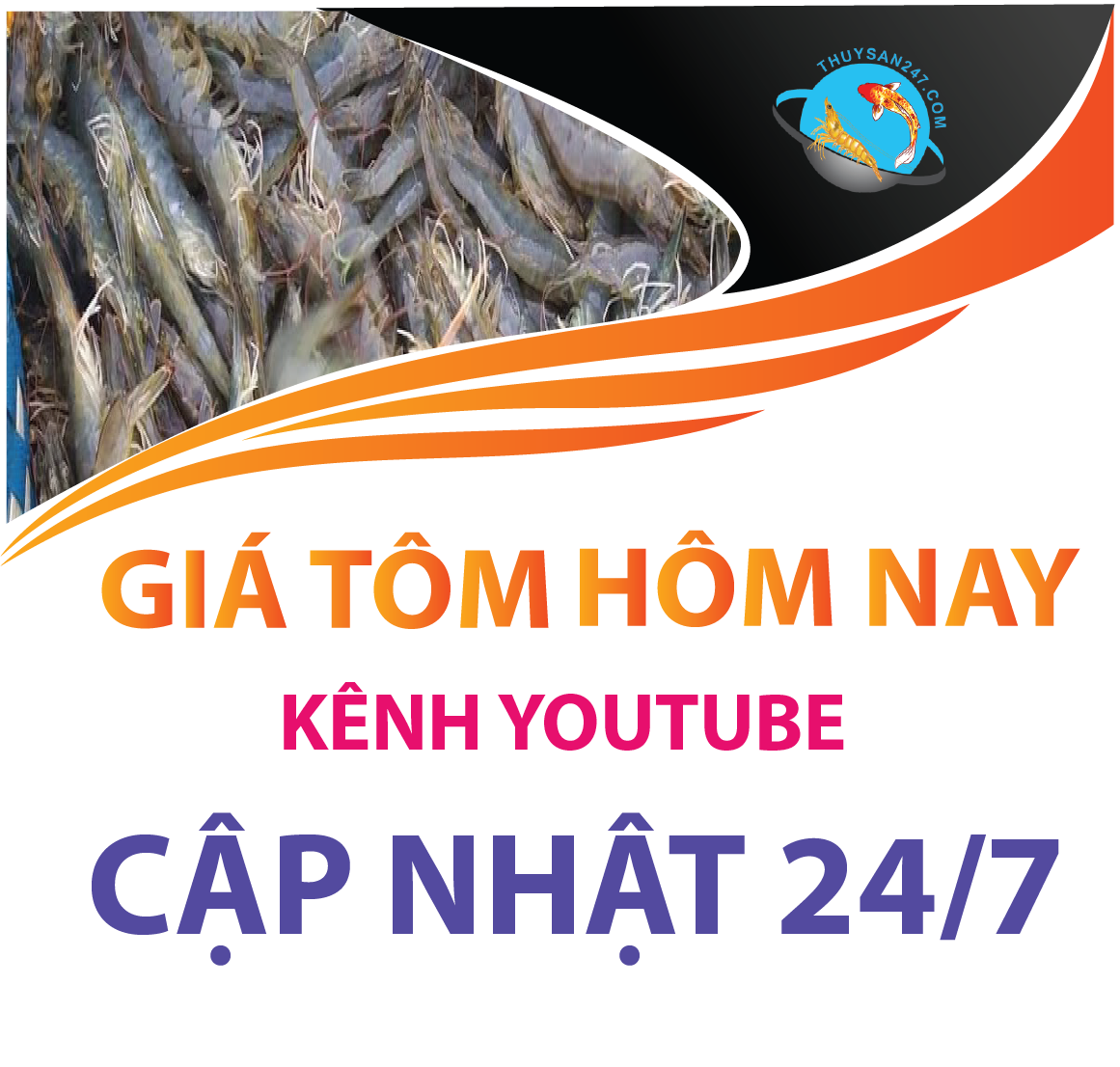
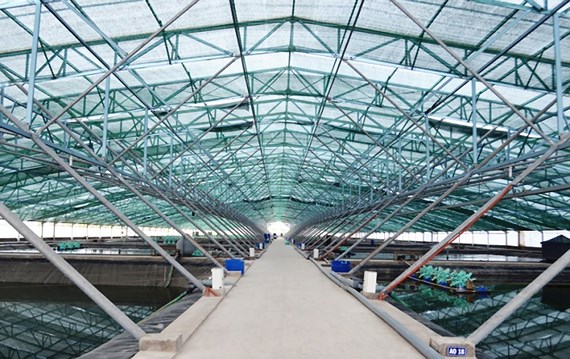

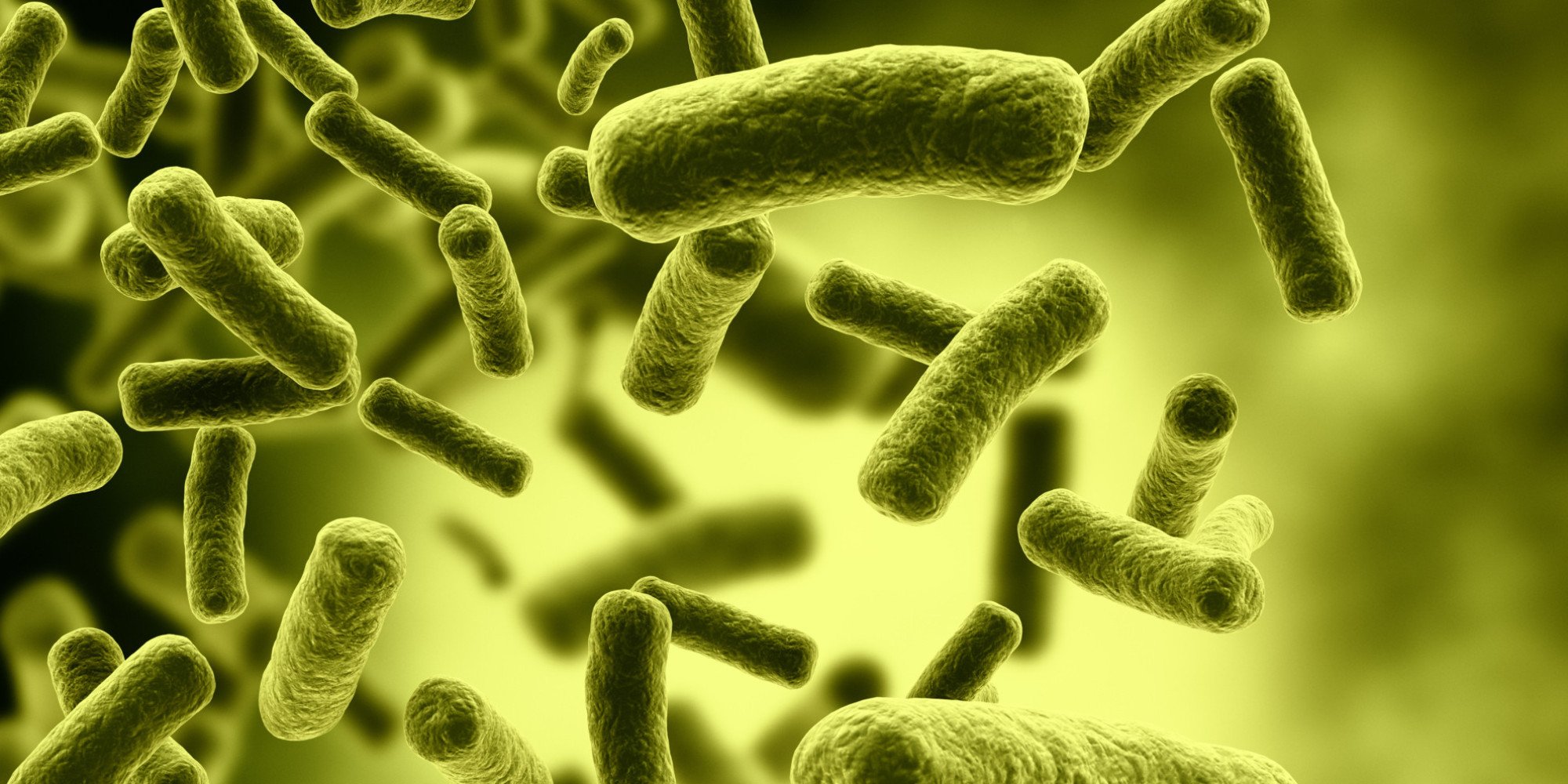
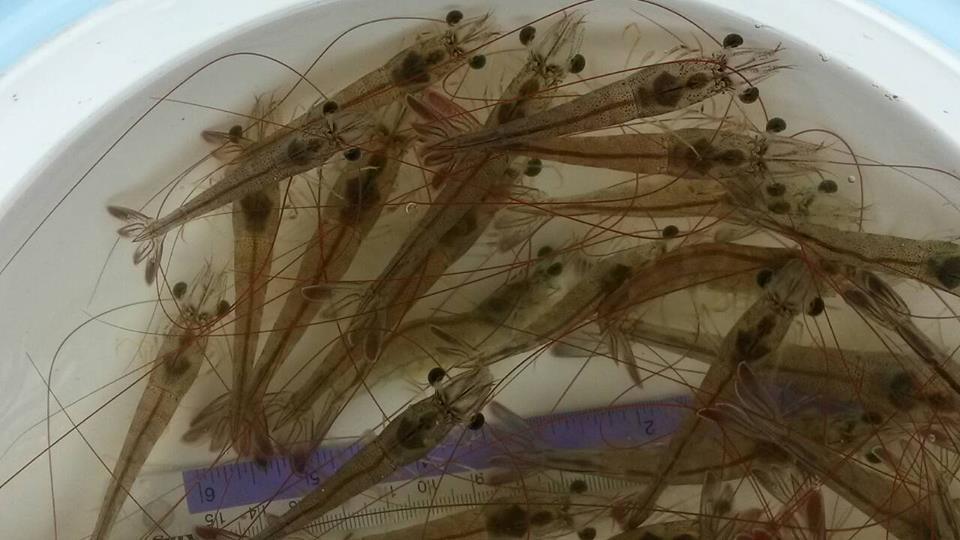
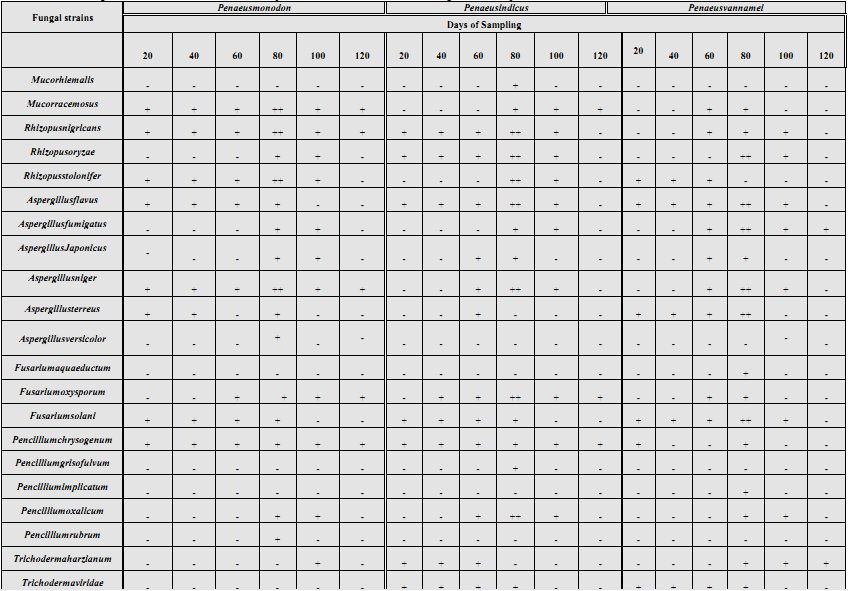
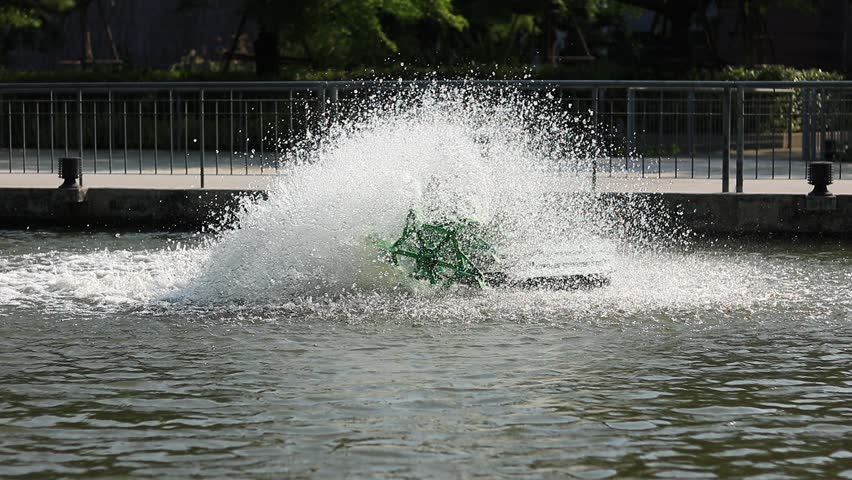
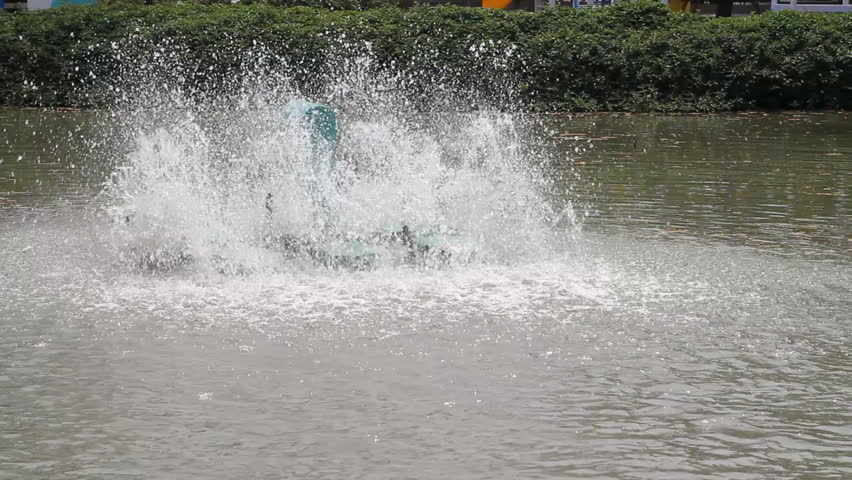
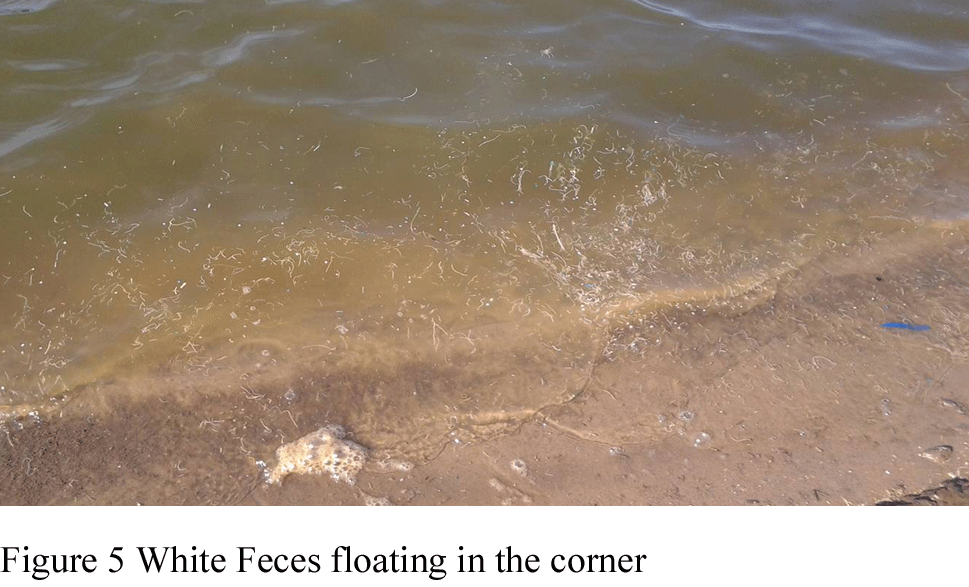
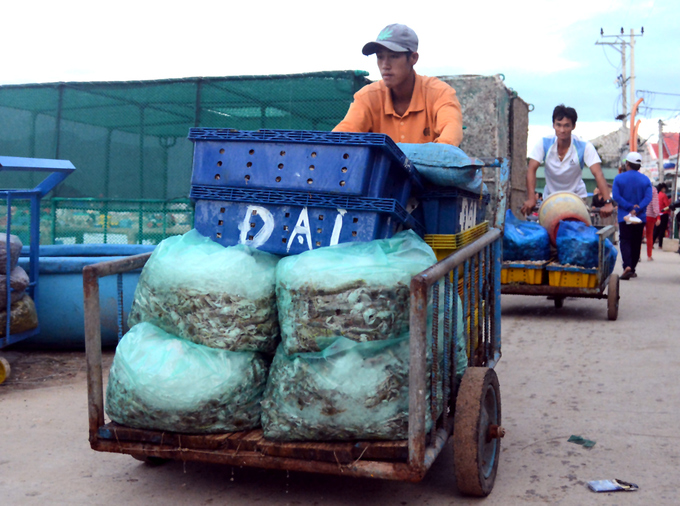
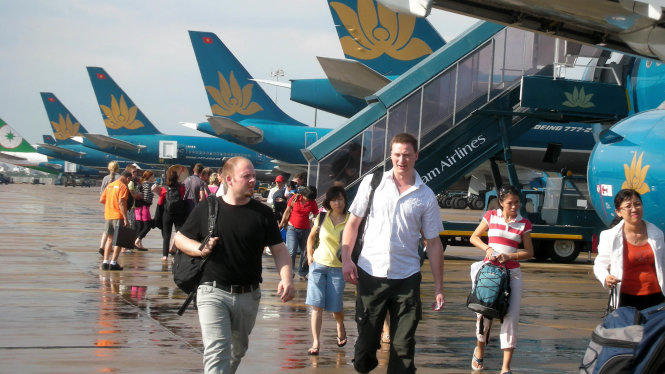
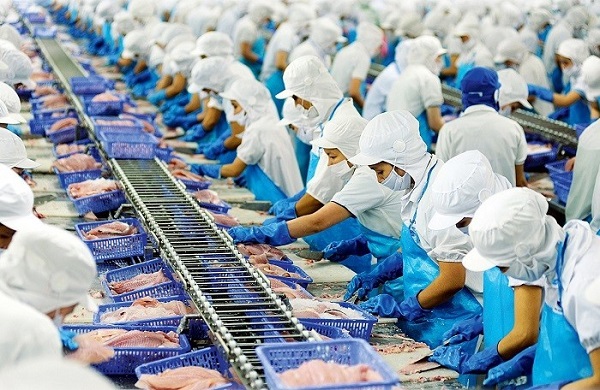
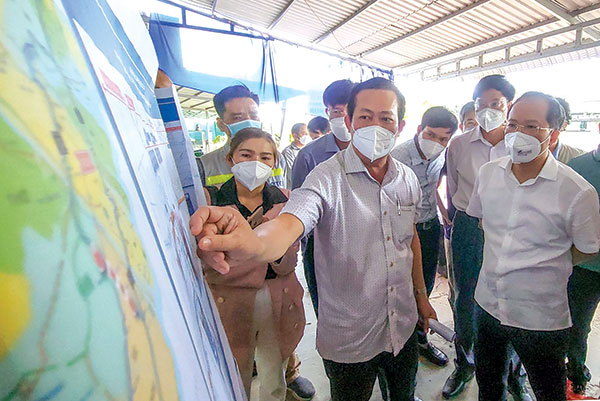
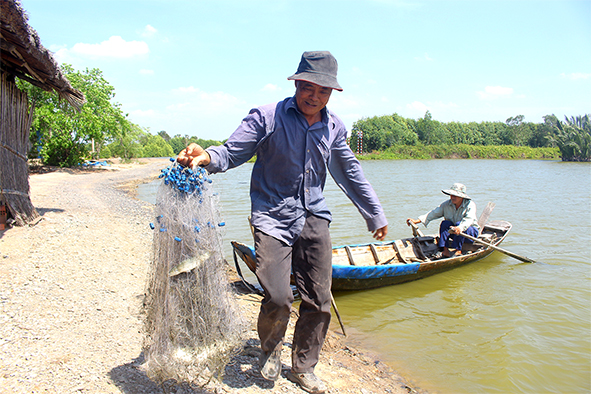
Bình luận bài viết